Katherine Johnson
Aerospace Technologist, Mathematician, Physicist, Linguist and Teacher
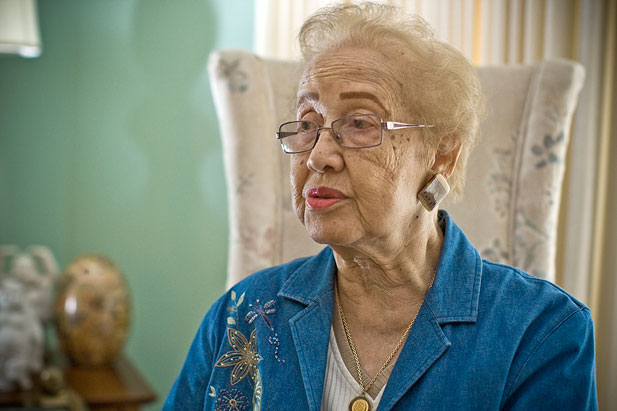
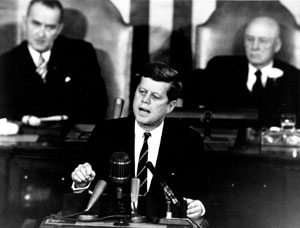
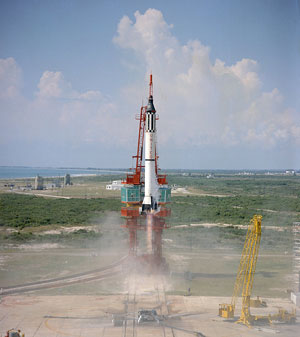
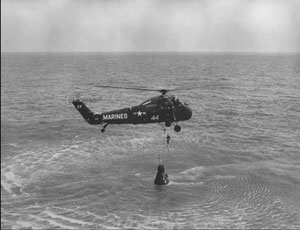

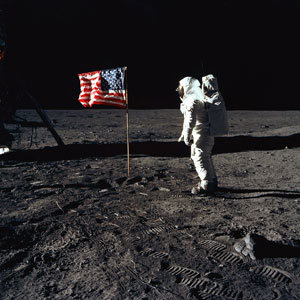
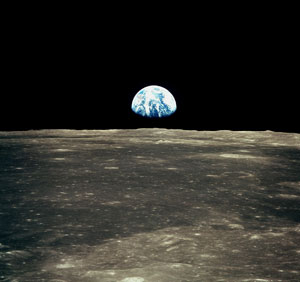
Arts.com Science Lifetime Achievement Award
Arts.com is pleased to honor Katherine Johnson with the Arts.com Science Lifetime Achievement award for her creativity and pioneering work and accomplishments in space flight.
The twentieth century was a time of minorities transcending traditional boundaries. There are many inspirational stories in this vein, but perhaps none as inspirational as the story of Katherine Johnson, a woman who transcended race and gender to become the first black woman to work as a research mathematician and physicist for NASA in 1953. A pioneer in the space industry, Johnson witnessed and played a critical role in some of the most historic moments of American space flight.
Katherine Johnson was born in 1918, to a poor family in West Virginia. Her father was a farmer and worked extra jobs as a janitor and her mother was a teacher. Even though he quit school after the sixth grade, he considered education of paramount importance. He enrolled Katherine and her older siblings in a school 125 miles away from home since the local schools only offered classes to African Americans through the eighth grade. As an early math prodigy, she skipped through grades to graduate from high school at age 14. She earned a full scholarship that included tuition, room and board and graduated at age 18 summa cum laude, with a Bachelor of Science degree in French and mathematics from West Virginia State College. Following in her mother’s footsteps, Katherine’s first job was an elementary school teacher. She taught in rural Virginia and rural West Virginia schools.
In June 1953, Katherine Johnson was contracted to work as a research mathematician at Langley Research Center with the National Advisory Committee for Aeronautics (NACA), the agency that preceded National Aeronautics and Space Administration (NASA), in the “mathematics pool”. This group read the data from black boxes of planes and carried out other precise mathematical tasks. One day she was temporarily assigned to the all male flight research team. Opportunities for African Americans and women were limited at the time. Even though the racial and gender barriers were there, Katherine says she ignored them. Katherine was assertive in meetings and her expert knowledge of analytic geometry won her allies with her male bosses and her colleagues. She would later join the research team on a permanent basis.
A gifted mathematician, Katherine Johnson joined the tracking team for manned and unmanned missions and used math and physics to calculate complex spacecraft trajectories, navigation and the orbits or spacecraft. Any error in calculations would cause astronauts to possibly not return from space.
Katherine Johnson was a member of NASA’s historic 1961 team which calculated the flight paths of the first manned space flight in 1961 by astronaut Alan Shepard, the first manned orbit of Earth in 1962 by John Glenn, and the landing of the first man to walk on the moon by Neil Armstrong in 1969.
The 3-man crew aboard the flight that landed on the moon, consisted of Neil A. Armstrong, commander; Michael Collins, Command Module pilot; and Edwin E. Aldrin Jr., Lunar Module pilot.
“The early trajectory was a parabola, and it was easy to predict where it would be at any point,” Johnson says. “Early on, when they said they wanted the capsule to come down a certain place, they were trying to compute when it should start. I said, ‘Let me do it. You tell me when you want it and where you want it to land, and I’ll do it backwards and tell you when to take off.’ That was my forte.”
NASA would still call on her to verify the calculations even though NASA began using computers for the first time in 1962 to calculate John Glenn’s orbit around Earth.
Katherine developed the first emergency navigation systems for astronauts by star-mapping. She also helped develop better navigational procedures for the Apollo missions by analyzing data from tracking stations around the world.
As an integral member of the team she helped write the first textbook on space. In total she co-authored 26 scientific papers, also working on the space shuttle program and on plans for a mission to Mars.
Katherine’s worked at Langley between 1953 and 1986. “I found what I was looking for at Langley,” she says. “This was what a research mathematician did. I went to work every day for 33 years happy. Never did I get up and say I don’t want to go to work.” Katherine retired from NASA in 1986.
For her pioneering work in the field of navigational problems and space flight, she received numerous awards from NASA in 1971, 1980 and 1985 including the Group Achievement Award presented to NASA’s lunar space craft and operations team. Other awards include Mathematician of the Year from the National Technical Association in 1997 and an honorary doctorate of law from Farmingdale State University of New York in 1998.
The barriers to entry in engineering have always been very high for minorities. In fact, 1973 was the first time a woman received a PhD in Aeronautical Engineering. Being a black woman entering into the male dominated field in 1953 was a monumental accomplishment and spoke volumes of her self confidence and determination, not to mention her skill.
Engineering schools are now routinely graduating many more women and in some cases more than forty percent. This is a huge change which owes its shift to pioneers like Katherine Johnson.

